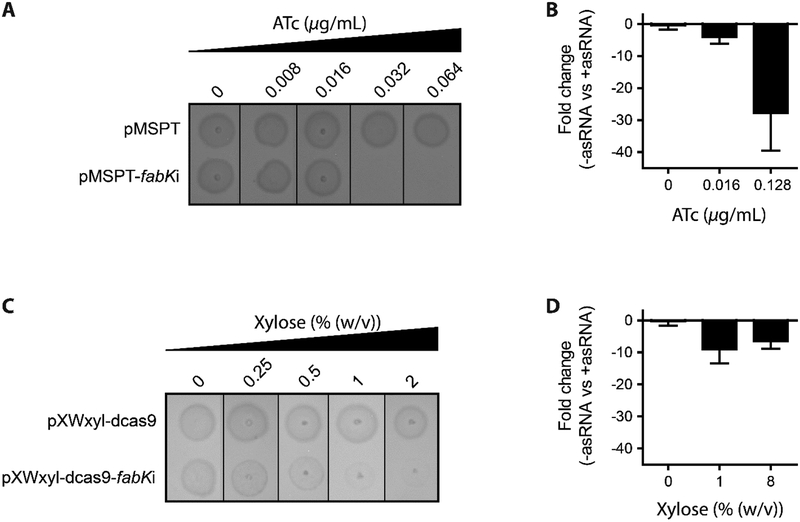Figure-1: Impact of antisense fabK RNA on C. difficile CD630 growth and gene expression. (Panel A & C).
C. difficile CD630 strains carrying empty plasmid or plasmids encoding antisense fabK RNA were analyzed on BHI agar. From overnight cultures 3 μl was spotted on BHI agar plates containing ATc (A) and xylose (C). (Panel B & D) The mRNA levels for fabK was analyzed by RT-qPCR. Cultures were grown to OD600 ≈ 0.3 and antisense RNA expression induced with indicated concentrations of ATc (panel B) or xylose (panel D). Cells were harvested after 1 h of induction and the fold change calculated for differences of mRNA between strains containing the empty vector versus those with antisense cassettes.

